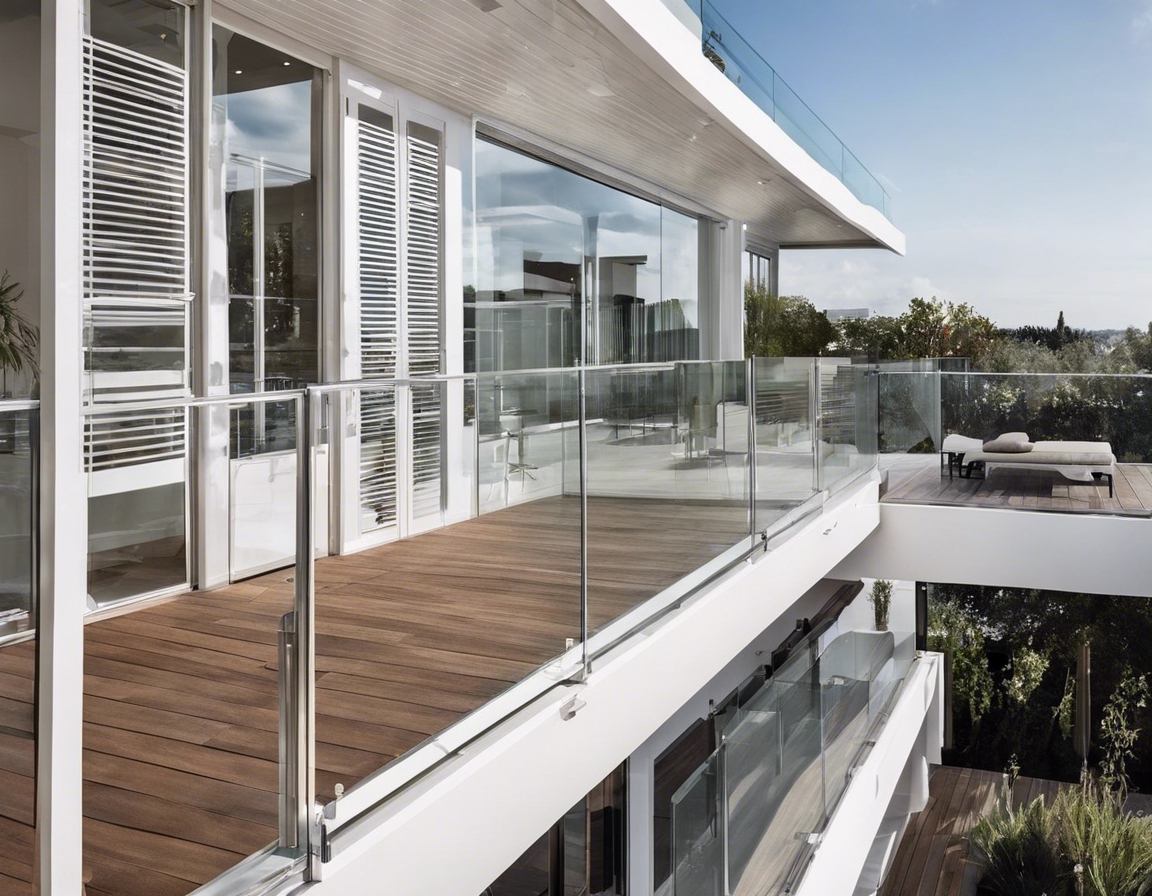The ultimate guide to weatherproofing your balcony
For homeowners, commercial property developers, and architects who value design, quality, and durability, weatherproofing your balcony is a critical aspect of property maintenance. Not only does it protect your investment, but it also ensures that your outdoor space remains functional and aesthetically pleasing, regardless of the weather conditions.
Understanding the Elements: Weather Challenges for Balconies
Balconies are exposed to a variety of weather conditions that can cause wear and tear over time. From relentless sun exposure to heavy rain, snow, and ice, the elements can lead to fading, cracking, water damage, and even structural issues.
Depending on your location, your balcony may face specific challenges. Coastal properties might battle salt spray and high winds, while urban areas could contend with pollution and smog that may accelerate deterioration.
Materials and Construction: The Foundation of Weatherproofing
Selecting materials that can withstand your region's climate is essential. Durable metals, treated woods, and high-quality plastics are among the top choices for weather-resistant balcony construction.
Proper construction techniques are just as important as the materials used. Ensuring that your balcony is built to code and can handle the expected load and stress from environmental factors is key to its longevity.
Waterproofing Solutions for Balconies
Applying the right sealants and waterproof coatings can prevent water infiltration, which is one of the primary causes of balcony damage. These solutions can also protect against stains and make cleaning easier.
Effective drainage systems are crucial to prevent standing water and the problems it can cause. Properly designed weep holes and drainage channels will ensure that water flows away from the balcony surface.
Wind and Storm Protection Strategies
To protect your balcony from high winds and flying debris during storms, consider adding reinforcements such as railings and storm shutters. These can also enhance safety and privacy.
Ensuring that outdoor furniture and accessories are secured or can be easily stored away will prevent them from becoming hazards or getting damaged during extreme weather.
Thermal Considerations: Insulation and Heat Resistance
Insulation isn't just for keeping your home warm; it can also protect your balcony from temperature extremes. Materials that provide thermal insulation can help prevent cracking and other damage caused by freeze-thaw cycles.
Using reflective materials and installing shades can reduce the heat absorbed by your balcony, making it more comfortable during hot weather and protecting it from UV damage.
Maintenance and Upkeep: Ensuring Longevity
Regular inspections can catch potential issues early, before they become major problems. Look for signs of wear, loose components, or water damage.
Keeping your balcony clean and promptly repairing any damage will extend its life and keep it looking its best. This includes reapplying sealants and coatings as needed.
Custom Solutions for Unique Balcony Designs
Every balcony is unique, and sometimes off-the-shelf solutions won't suffice. Consulting with professionals can provide you with custom solutions tailored to your specific needs and design preferences.
Developing a personalized weatherproofing plan for your balcony will ensure that all aspects of its design, exposure, and use are considered, resulting in a space that is both beautiful and resilient.






Comments (0)